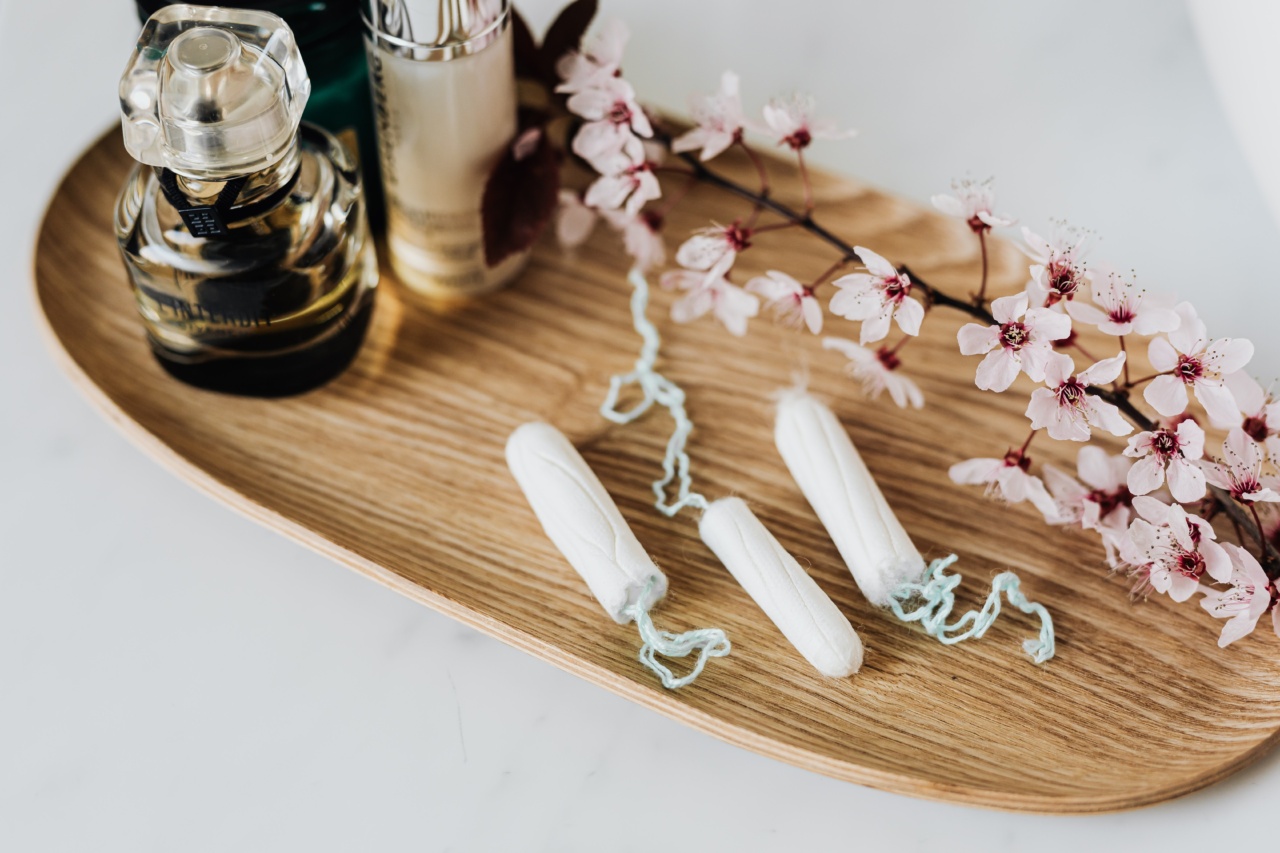Using a tampon during your period is a convenient way to manage menstrual blood flow. However, if you’re not changing your tampon frequently enough, you could be putting your health at risk.
This article will explore the dangers of leaving a tampon in for too long and provide tips for safe and healthy tampon use.
What Happens When You Leave a Tampon in for Too Long?
When you leave a tampon in for too long, it can lead to a condition called toxic shock syndrome (TSS). TSS is a potentially life-threatening condition that is caused by toxins produced by bacteria.
Bacteria can grow on a tampon that has been left in for too long or has not been changed frequently enough.
Symptoms of TSS include:.
- Fever
- Nausea and vomiting
- A rash on your palms and soles of your feet
- Low blood pressure
- Seizures
- Organ failure
TSS can be fatal, so it’s important to seek medical attention right away if you develop any symptoms while using a tampon.
How Often Should You Change Your Tampon?
The recommended maximum amount of time to leave a tampon in is 8 hours. However, on light flow days, you may be able to leave a tampon in for longer than 8 hours. You should always check the tampon every 4-6 hours to ensure that it needs to be changed.
If you’re sleeping for more than 8 hours, use a pad instead of a tampon.
Tips for Safe and Healthy Tampon Use
Here are some tips for safe and healthy tampon use:.
- Wash your hands before and after inserting a tampon.
- Choose the lowest absorbency tampon that will meet your menstrual needs.
- Change your tampon every 4-8 hours, depending on your flow.
- Never use a tampon overnight or for more than 8 hours.
- Alternate between tampons and pads to give your body a break from tampon use.
- Don’t use a tampon if you’re experiencing vaginal discomfort or have a vaginal infection.
The bottom line
Using tampons during your menstrual cycle is a convenient way to manage blood flow. However, if you’re not changing your tampon frequently enough, you could be putting your health at risk.
To avoid toxic shock syndrome and other potential health risks, follow the tips above for safe and healthy tampon use.






























